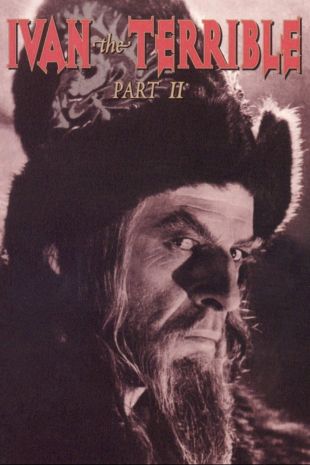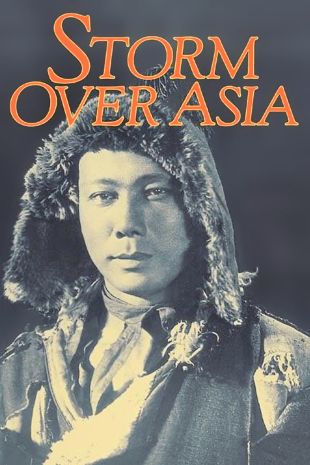A physics and chemistry student in his adopted home town of Moscow, Vsevolod I. Pudovkin joined the Russian artillery upon the outbreak of World War I. Wounded in 1915, Pudovkin spent three years in a German POW camp before escaping and returning to Moscow. After working briefly as a writer and chemist, he entered the Russian film industry, inspired by a screening of D.W. Griffith's Intolerance (1916). While attending the State Cinema school, Pudovkin worked as an assistant on a number of propaganda films. In 1922, he enrolled as a student at Lev Kuleshov's experimental film lab, where under the influence of Kuleshov he began developing the theories of Montage that would prove so influential not only to his future work, but to the output of many another Russian director. One of Pudovkin's favorite experiments involved intercutting a "passive" close-up of a man or woman displaying no discernible emotion with evocative shots of a dog, a plate of food, a child, a coffin etc. This was designed to illustrate his pet theory that the true drama in film lies not in performance but in juxtaposition of images. This was further articulated in his famous 2-reel comedy Chess Fever (1925), wherein the highly non-mobile chess master Capablanca was made to appear to be an active participant in a fanciful scenario. The film that put Pudovkin on the map was 1926's Mechanics of the Brain, a documentary concerning the experiments of Dr. Pavlov. In 1925, Pudovkin formed a felicitous collaboration with cinematographer Anatoly Golovnia and screenwriter Natan Zarkhi. The "docudramas" that sprung from this triumvirate--Mother (1926), End of St. Petersburg (1927) and Storm Over Asia (Heir to Genghis Khan, 1928)--are regarded by many as the zenith of the Soviet silent cinema. Pudovkin's masterpieces are often contrasted with those of his contemporary Sergei Eisenstein, but whereas Eisenstein utilized montage to glorify the power of the Masses, Pudovkin preferred to concentrate on the courage and resilience of individuals. Though sometimes at odds stylistically, Pudovkin and Eisenstein, together with filmmaker Grigori Alexandrov, co-signed the fabled "Manifesto on Audio-Visual Counterpoint" in 1928. The following year, the multilingual Pudovkin spent time espousing his theories in England and Holland. He was slated to direct Russia's first talking picture, but was beaten to the punch by Nikolay Ekk. Throughout the sound era, Pudovkin continued to uphold his montage theories, even at the expense of dialogue; while little is said in a Pudovkin talkie, there are more individual images per reel than in practically anyone else's efforts (one of his sound projects contained over 3000 separate images!) In 1935, Pudovkin was seriously injured in a car accident that killed his longtime scenarist Zarkhi. While convalescing, he taught theoretical studies at VGIK, then returned to active filmmaking with 1938's Minin and Pozharsky. A member of the Communist party since 1932, Pudovkin was honored with the Order of Lenin and the Stalin Prize; nonetheless he enjoyed tweaking the nose of the Central Committee's censorship bureau. His 1943 Admiral Nakhimov for example, was banned outright by the committee, and shelved until Pudovkin agreed to make judicious cuts--whereupon it won him another Stalin Prize. Admiral Nakhimov also featured Pudovkin in a supporting role; ever since toying with stage acting in 1924, he enjoyed performing on a sporadic basis, not only in his own films but in the works of others (e.g. Eisenstein's Ivan the Terrible). V.I. Pudovkin was the author of two books that have become essential reading for anyone seriously interested in filmmaking: Film Technique and Film Acting, both of which were translated into English by British filmmaker Ivor Montagu in the early 1930s.
Vsevolod Pudovkin
Active - 1924 - 1958 |
Born - Feb 16, 1893 |
Died - Jun 30, 1953 |
Genres - Drama, Historical Film, War
Share on


